Author's note: Please don't use the 'posts' section for new content. The site is set up to show posts in a different way, such as in automated lists. Instead, focus any amends on the existing 'page'.
In addition, please avoid using the 'classic block' option - choose the new block type you want from the + list instead (paragraph, columns, media+text, pull quote etc).
History and Appreciation of Art
The activity of the group is to further our understanding and appreciation of art through an illustrated talk from the leader and with contributions from the group. All are welcome; whether expert or not come and join in the conversation, find out more about the wonderful and surprising world of art
Leader:
Robert Sedgley
Deputy Leader:
Mike Ponting
HAA Trip Organiser:
Tina Bellenie
Email: History & Appreciation of Art
Telephone: 630 161 687
5.00 pm to 7.00 pm beginning October.
Meetings are at 5.oopm on the first Tuesday of the month at the Biblioteca de l'Envic (see the yellow panel below)
Next Meeting: Tuesday 3rd. October
VORTICISM
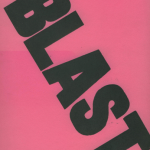
We have now been running for about seven years and have come in our chronological survey to the early Twentieth Century, and are looking at the revolution in the visual arts that we call Modernism.
For new members who wish to catch up on earlier meetings please visit the Illustrated Notes and Themes below.
However, this is by no means compulsory – we are not an exam group
''There really is no such thing as Art. Only artists''
E. H. Gombrich
''Bad artists copy, good artists steal''
Picasso
''Imagination is more important than knowledge. Knowledge is limited. Imagination encircles the world''
Einstein
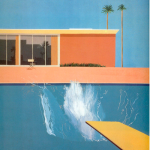
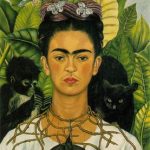

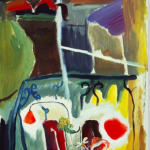
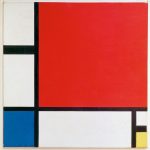
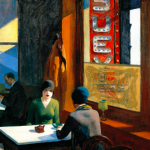
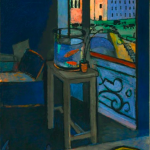
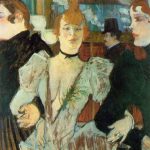
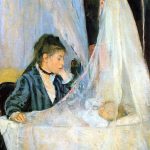
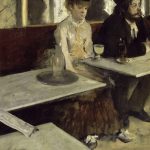
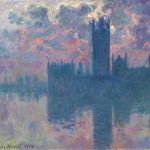
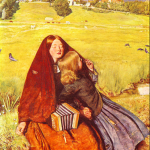
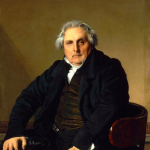
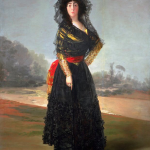
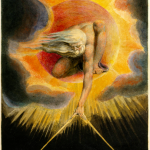
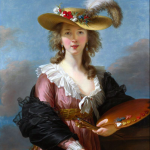
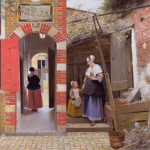
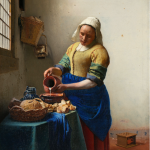
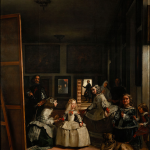
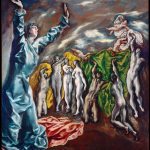
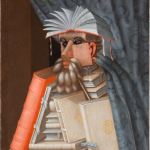
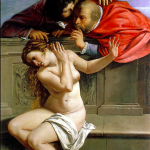
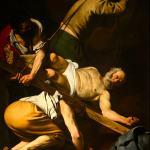
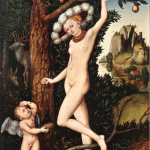
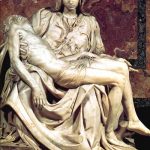
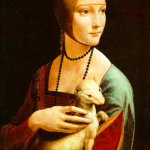
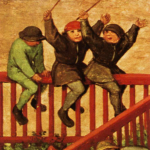
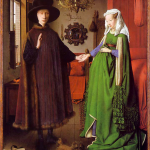
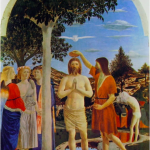
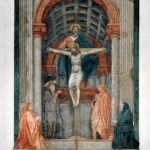
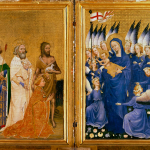
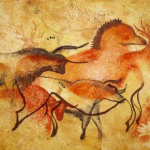
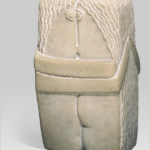
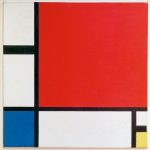
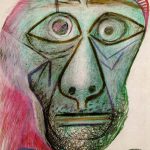
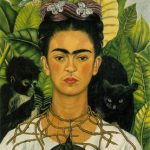
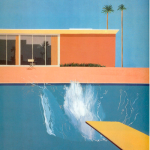
For illustrated notes of previous meetings, and timelines of artists throughout history, scroll to the bottom of the page
1) A chronological survey of western art.
Eg, Pre historic and antique, Classical Greek and Roman, Medieval and Pre Renaissance, Italian Renaissance, High Renaissance and Venetian, Northern (Flemish and German), Post Renaissance (Mannerism, Baroque and Rococo), British Art, Eighteenth and Nineteenth century France etc. Impressionists and early development of modern art.
This is an immense field so we will be taking only a brief glance at each period. The survey is treated in a flexible manner so if members wish to spend more or less time on any specific period or artist this can be accommodated. There will inevitably be more gaps in the fabric than covering material.
The meetings are very informal and members are encouraged to contribute their own views and opinions of the artworks we are looking at.
2) Taking a theme from the period covered we compare how artists of other times or cultures have dealt with the topic.
3) Members are invited to present a work from any time or place which interests, mystifies, attracts, or repels them and would like to talk about, and get everyone else talking about.
Next Meeting
VORTICISM
Said to be the only truly British modern art movement, Vorticism was a London-based modernist art movement formed in 1914 by the writer and artist Wyndham Lewis. Other artist associated with the movement include C. R. W. Nevinson, Henri Gaudier-Brzeska, David Bomberg, Edward Wadsworth, William Roberts. Helen Saunders and Jessica Dismorr, The term was coined by the poet Ezra Pound, who proclaimed: '[The vortex was] that point in the cyclone where energy cuts into space and imparts form to it ... the pattern of angles and geometric lines which is formed by our vortex in the existing chaos.'
First Tuesday of the month at Biblioteca De l'Envic (36 Pg. de Gregori Maians)
at 5.00pm.
Zoom meetings are temporarily suspended
Please apply to the leader by phone or e mail for more information, to confirm date and to join the meetings.
New members welcome
EXTERNAL SITES
Moving Pictures is an ongoing BBC radio series exploring artworks in high resolution and fine detail, including links to other works and web pages
Click the link here then click on episodes
The Web Gallery of Art is a searchable database of European fine arts and architecture (3rd-19th centuries), currently containing over 48.000 reproductions. Artist biographies, commentaries, guided tours, period music, catalogue, free postcard and mobile services are provided.
Click here
Visual History is an educational site, in English, provided by the Toledo Museum. It provides an excellent grounding in the 'Art of seeing Art'
Click here
Analysis of Modern Paintings
1800 to 2000
click here
ILLUSTRATED NOTES: Periods and Artists
* Prehistoric Art * Cycladic and Etruscan Art * Classical Greek and Roman Art * Medieval Art and Architecture * The Early Renaissance, part one * The Early Renaissance, part two * Early Netherlandish Painting, part one * Early Netherlandish Painting part two * Bosch * Breugel * German Renaissance: Grüenwald and Dürer * Cranach * High Renaissance: Leonardo, Michelangelo, Raphael * Giorgione * Titian * Tintoretto * Mannerism * Caravaggio * Artemisia Gentileschi * 16th and 17th Century Spain * 16th Century British Painting * Dutch Art, 17th Century * 18th Century; Portrait and Landscape in British Art * The Royal Academy and the Academic Tradition * William Blake * Turner and Constable * 18th Century; France and Venice * Goya * Romanticism * Realism 1; Nineteenth Century France, Corot and Courbet * Realism 2; The Realist Heritage * Symbolism * The Barbizon School * Impressionism * Les Nabis * Neo Impressionsm * Divisionism - Heritage * Van Gogh and Gauguin, part one: The Early Years * Van Gogh and Gauguin, part two; Arles and the Aftermath * Gauguin the Legend * Cézanne, part one; The Years of Struggle * Cézanne, part two; Mountain of Victory * Art Nouveau * Vienna Secession * Gustave Klimt * Klimt; the Beethoven Frieze * Egon Schiele * Three Expressionists: Munch, Ensor, Kollwitz * Die Brucke * Cubism I, Picasso and Braque * Cubism 2, Cubist developments * Modernism in Ukraine 1900-1930 * Italian Futurism * Russian Futurism *
ILLUSTRATED NOTES: Themes
* Classicism * The Classical Heritage * The Reclining Nude * Atmospheric Abstraction * Figures in the Sky * Art and the Machine * The Pursuit of Reality * Contrasts and Comparisons * Gardens in Art * Painting Trees * The Portrait in the Age of Photography * Self Portraits * Photorealism * Techniques of printmaking * Eight Views of Sculpture * The Making of the English Landscape * The Art of the First World War War * Six Women Artists * Three Women Artists *
TIME LINES
Painting and Sculpture
1240-1800 * TL1 1240-1380 * TL2 1380-1450 * TL3 1450-1520 * TL4 1520-1590 * TL5 1590-1660 * TL6 1660-1730 * TL7 1730-1800 *
1800-1870 * TL 8A America * TL 8Ba Britain 1 * TL 8Bb Britain 2 * TL 8BS Scotland * TL 8 Fa France 1 * TL 8 Fb France 2 * TL 8 Fc France 3 * TL 8G Germany and the North *
1870-1940 * TL 9Aa America 1 * TL 9Ab America 2 * TL 9Ac America 3 * TL 9ASa South America 1 * TL 9ASb South America 2 * TL 9Ba Britain 1 * TL 9Bb Britain 2 * TL 9Bc Britain 3 * TL 9Bd Britain 4 * TL 9Be Britain 5 * TL 9Bf Britain 6 * TL 9Bg Britain 7 * TL 9BS Scotland * TL 9Fa France 1 * TL 9Fb France 2 * TL 9Fc France 3 * TL 9Fd France 4 * TL 9Fe France 5 * TL 9Ff France 6 * TL 9Ga Germany, Austria and Switzerland 1 * TL 9Gb Germany, Austria and Switzerland 2 * TL 9Gc Germany, Austria and Switzerland 3 * TL 9Gd Germany, Austria and Switerland 4 * TL 9N Northern Europe * TL 9R Russia * TL 9S Spain, Portugal, Italy *
Architecture and Design
1870-1940 * TL9 MAa Modern Architecture 1 * TL9 MAb Modern Architecture 2 * TL9 MDa Modern Design 1 * TL9 MDb Modern Design 2 *
Photography
1800-1870 * TL8 Ph 1800-1870 *
1870-1940 * TL9 Ph America 1870-1940 * TL9 Ph Britain 1870-1940 * TL9 Ph France and Germany 1870-1940
Library
General Books
Biography and Monographs
Library
HAA Members’ Library
Members wishing to borrow a book, please let the leader know and it will be brought to the next meeting.
Donations to the library are welcome, anything loosely related to art, art history, architecture and design etc.
General Books
The Observer Book of Modern Art by William Gaunt (A brief overview in a pocket size book)
The Visual Dialogue by Nathan Knobler (Forms and techniques of art and architecture; a primer, American)
The Art of the Shakers by Michael Horsham (Shaker furniture and design)
The Colosseum by Peter Quennell (History of the Roman Monument)
Antique Roadshow (Exhibits from the Television Series)
Impressionism by Pierre Courthion, translated by John Sheply (A brief, readable history of the movement, lavishly illustrated)
Masterworks of the Ukiyo-E; “The Decadents” by Juzo Suzuki and Isaburo Oka, translated byJohn Bester (Japanese prints “pictures of the floating world”)
Impresionistas Españoles (Short text in Spanish with colour illustrations)
Art History and its Methods, a critical anthology (Selected texts from the 15th to 20th century)
Cubism by J.M. Nash (A short, readable history, illustrated)
Biography and Monographs